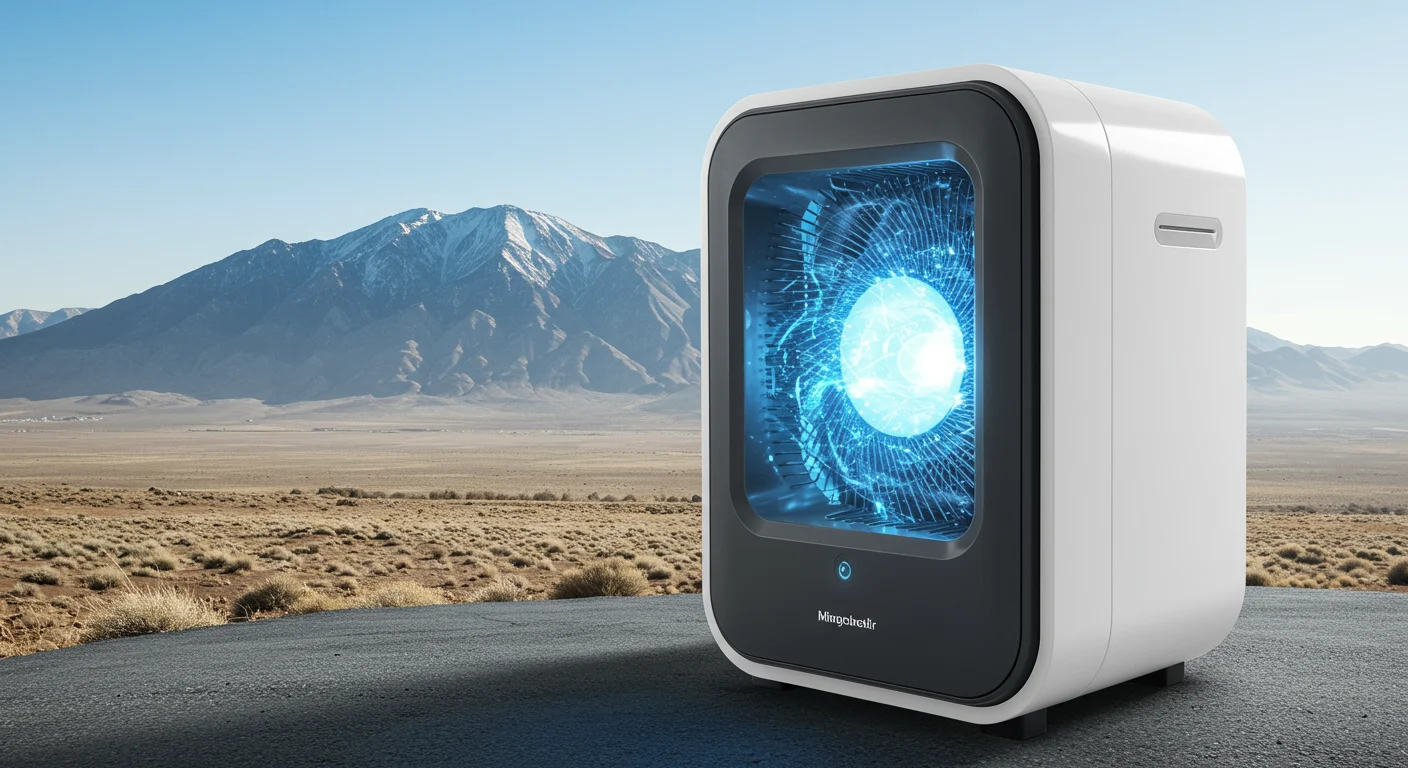
Air Purifier for Dust Mites: Best HEPA Filters 2025
Indoor air gets crowded—pollen, dust, pet dander, smoke residue, even gases from cleaners and paint. You can’t see most of it, but your lungs notice. Here’s the thing: the right purifier can make a room feel fresher in a day, and clearly cleaner in a week. I’ll break down what’s floating around, how purifiers actually work, and how to pick the Best Air Purifiers for your space without wasting money.
So…what’s actually in indoor air?
Short answer: a mix. Large bits like dust and pet hair. Smaller stuff like pollen and dander. Then there are ultrafine particles from cooking and smoke that drift deep into your lungs. Add VOCs—those invisible fumes from cleaners, candles, new furniture, and markers—and you’ve got a cocktail your body has to process all day.
If you’ve got allergies, asthma, a snoring partner, or you live near traffic or wildfire zones, a solid purifier isn’t a luxury. It’s a steady, quiet helper. The Best Air Purifiers target both particles and odors without gimmicks.
How air purifiers really work (no fluff)
Most good units pull air through a prefilter (for hair and lint), then a HEPA filter that traps tiny particles. Look for “True HEPA” (often H13 or H14) rather than vague “HEPA-type.” That one word matters because it tells you the filter meets a standard—not marketing poetry. For odors and VOCs, you want a meaningful amount of activated carbon, not a thin black sheet that looks cool but does very little.
You’ll also see CADR (Clean Air Delivery Rate). Think of it as the purifier’s horsepower for smoke, dust, and pollen. Higher is better, all else equal. Some machines add UV or ionization; I usually skip those. UV needs long exposure to matter, and ionizers can produce trace ozone. The Best Air Purifiers keep it simple: strong CADR, sealed HEPA, and real carbon for smells.
Sizing made simple (so you don’t over- or under-buy)
Match the machine to the room. A handy rule: CADR ≈ room square footage ÷ 1.55. So for a 310 sq ft room, look for around 200 CADR (especially for smoke, which is the toughest). High ceilings? Bump it up. If you’re sensitive to allergens or live with smoke, aim for more air changes per hour (ACH)—think 4–5 ACH for bedrooms and living rooms.
Manufacturers often list a “recommended room size,” but it’s based on assumptions. Trust the CADR. The Best Air Purifiers are sized so they can run quietly on low or medium and still keep up, instead of roaring on high all evening.
Features that actually matter day to day
Noise: you’ll use it more if it’s quiet. Under ~50 dB on medium is comfy for most people. Energy: a good purifier on low-to-medium often sips power like an LED bulb, which is why sizing right pays off. Filters: check price and availability; replacing them every 6–12 months is normal, and reliable brands keep costs honest.
Sensors and auto mode are genuinely useful because indoor air quality swings—cooking, cleaning, and opening windows all spike particles. App control is nice but not essential. Look for a sealed filter housing (less bypass), a real carbon stage for odors, and no ozone. The Best Air Purifiers nail those basics first.
Placement, setup, and daily use (the part most folks skip)
Give it breathing room—about a foot from walls, away from tight corners. Put it near where you actually live: by the bed, couch, or desk. Keep doors open if you want the whole area cleaned; closed doors divide the job. Run it 24/7 on auto or a steady low/medium. When you cook—or if wildfire smoke drifts in—kick it to high for an hour, then drop back down.
Believe it or not, cleaning the prefilter (usually a quick vacuum) once a month can restore airflow and cut noise. That tiny habit keeps even the Best Air Purifiers working at their best without cranking the fan.
What clean air actually costs
Ongoing cost comes down to filters and electricity. Filters typically run every 6–12 months depending on use and air quality; budget ahead so you’re not tempted to stretch them too long. Power use on low can be surprisingly small—often the price of running a lamp—while high speeds use more but only for short bursts when air quality dips.
One tip: a cheaper purifier with pricey filters can cost more over two years than a slightly pricier model with affordable replacements. The Best Air Purifiers keep lifetime costs reasonable and predictable.
Ready to pick? Start here
If you want the quick path: I’ve shortlisted options by room size, allergies, smoke, and quiet operation. When you’re ready, head to Consumer’s Best and look for my latest air purifier reviews. I keep it simple, explain why each pick earns its spot, and call out any quirks. That way you can zero in on the Best Air Purifiers for your home and get back to breathing easy.









